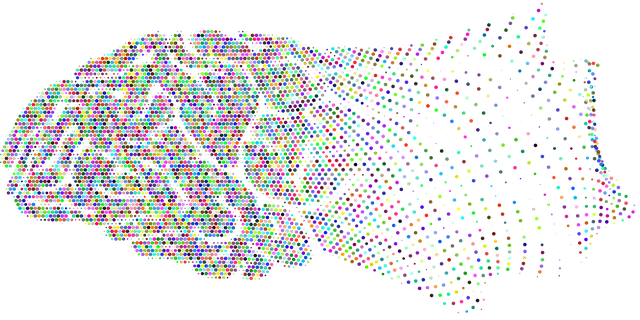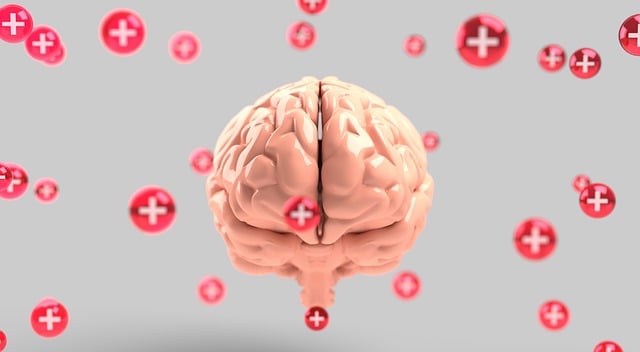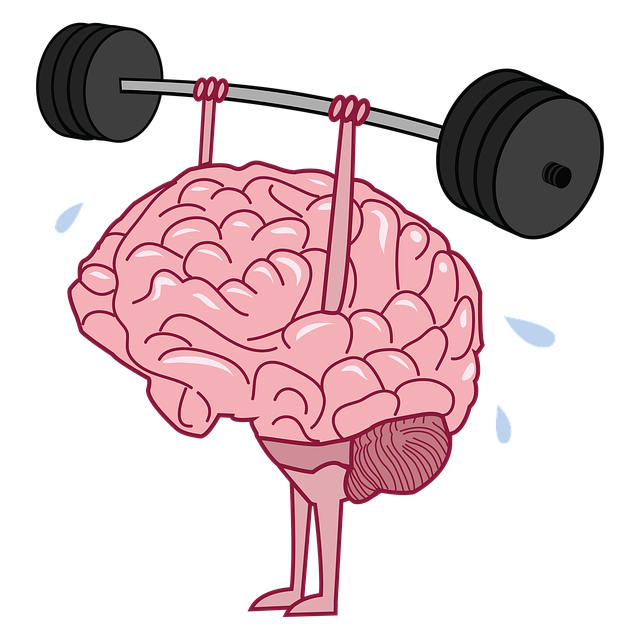Public mental wellness campaigns are game-changers, promoting early detection of issues like anxiety and burnout, and increasing access to quality therapy (Superior Mental Health Evaluations & Therapy). Through compelling narratives and practical strategies, these initiatives break stigma, foster understanding, and empower individuals to take charge of their mental health. Key components include empathy building, personal story sharing, community connection resources, stress management tools, and early intervention through workshops. Measuring success with both quantitative data (e.g., reduced anxiety levels) and qualitative feedback optimizes program development, ensuring these campaigns meet evolving needs and encourage proactive self-care.
Public awareness campaigns play a pivotal role in shaping societal attitudes towards mental health, ultimately influencing access to superior mental health evaluations and therapy. This article delves into three key aspects: understanding the rationale behind public awareness initiatives, designing effective campaigns, and measuring their impact. By exploring these elements, we aim to highlight best practices for fostering a more informed and supportive environment for mental well-being.
- Understanding Public Awareness: The Rationale Behind Campaigns
- Designing Effective Mental Health Awareness Campaigns
- Implementing and Measuring the Impact of Public Education Initiatives
Understanding Public Awareness: The Rationale Behind Campaigns

Public awareness campaigns play a pivotal role in shedding light on various social issues and encouraging positive behavioral changes. When it comes to mental health, these initiatives are indispensable tools for fostering understanding and breaking down stigma. Mental wellness is a cornerstone of overall well-being, encompassing not just the absence of illness but also a person’s ability to cope with life’s challenges.
The rationale behind public awareness campaigns in this domain is twofold: first, to encourage individuals to prioritize their mental health by recognizing when they might be experiencing issues such as anxiety or burnout; and second, to promote the availability and accessibility of superior mental health evaluations and therapy options. By highlighting the importance of early intervention and providing information on available support systems, these campaigns can empower people to take charge of their mental wellness. This, in turn, leads to improved outcomes and a more supportive societal environment for those navigating mental health challenges.
Designing Effective Mental Health Awareness Campaigns

Mental health awareness campaigns play a pivotal role in shaping public perception and fostering a culture of care. When designing such initiatives, it’s essential to create compelling narratives that resonate with diverse audiences. A successful campaign should not only provide information but also offer practical strategies for improving mental well-being. Incorporating evidence-based practices like Mind Over Matter principles can be a game-changer, empowering individuals to take charge of their mental health.
Superior Mental Health Evaluations and Therapy are crucial components to highlight. By encouraging self-reflection and offering tools for stress management, these evaluations enable people to identify signs early on. Moreover, campaigns should focus on empathy building, promoting understanding and reducing stigma. This involves sharing personal stories, emphasizing the universality of mental health struggles, and providing resources for support and connection. Engaging communities in conversations around mental health fosters a sense of belonging and encourages proactive self-care.
Implementing and Measuring the Impact of Public Education Initiatives

Implementing public education initiatives is a powerful strategy to foster mental wellness within communities. These campaigns aim to break down stigma and promote early intervention for individuals facing mental health challenges. By integrating educational programs into community settings, such as schools, workplaces, and local centers, people can access valuable resources and support discreetly. For instance, introducing workshops on stress management or emotional intelligence can equip individuals with practical tools for enhancing their mental resilience.
Measuring the impact of these initiatives is paramount to ensuring their effectiveness. Superior Mental Health Evaluations can be employed to assess changes in community mental health before and after program implementation. This data-driven approach allows for tracking improvements in areas like reduced anxiety levels, increased awareness of available support systems, and enhanced coping mechanisms. Moreover, evaluating participant feedback through surveys or focus groups provides qualitative insights into the perceived benefits of these educational initiatives. Ultimately, by combining quantitative and qualitative methods, we can optimize the development of Mental Wellness Coaching Programs and Community Outreach Program Implementation to better serve the community’s evolving needs, thereby boosting overall confidence in seeking necessary support for mental health concerns.
Public awareness campaigns play a pivotal role in shaping societal perceptions about mental health, leading to more understanding and reduced stigma. By leveraging strategic design principles and effective implementation strategies, initiatives like Superior Mental Health Evaluations Therapy can significantly impact individual well-being. It is crucial to continually evaluate and measure the success of these campaigns, allowing for adjustments based on real-world data, ensuring optimal public engagement and improved access to mental health resources.












